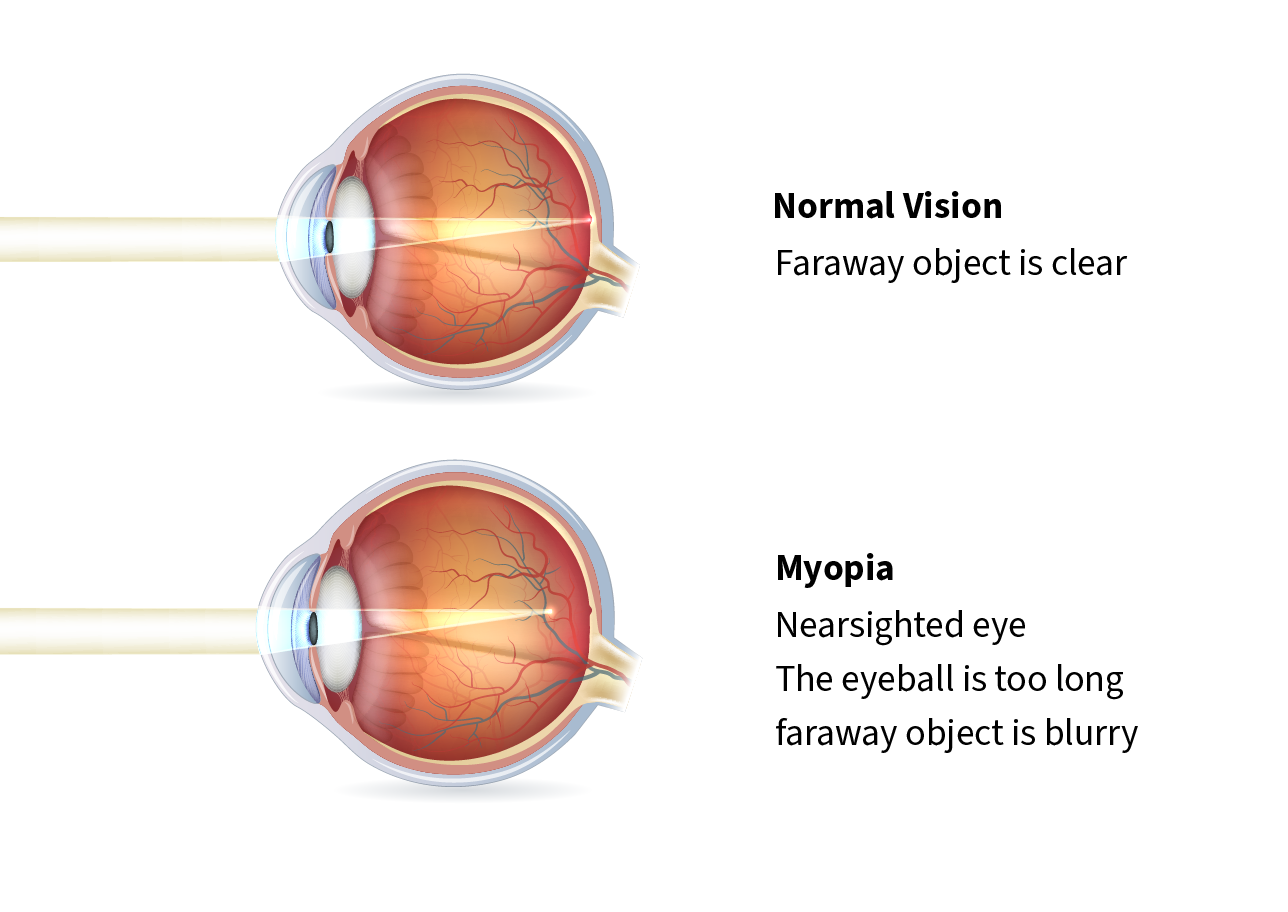Myopia is also known as nearsightedness. It causes nearby objects to appear clear while distant objects look blurry or indistinct.
Singapore has been referred to as the Myopia Capital of the World thanks to the condition’s high incidence rate in the population. An
estimated 80% of Singaporeans aged 18 and younger have myopia.
